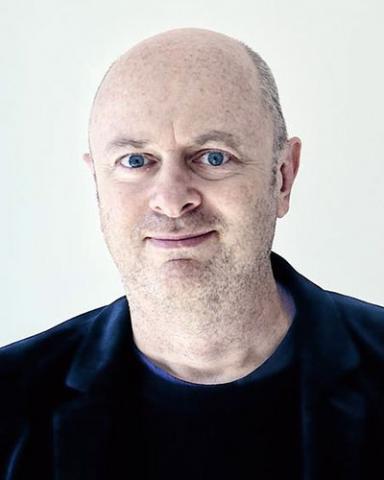In recent years, AI techniques such as GANs and associated deep learning neural networks have become popular tools applied to the production and creation of works of art. In 2018, AI Art made headlines around the world when a “work of art created by an algorithm” was sold at auction by Christie’s for $432,500 – nearly 45 times the value estimated before auction. It turned out that the group behind the work had largely relied on code written by a young open source developer, who did not receive any renumeration from the sale (and who in turn, relied on code and ideas developed by AI researchers and companies like Google).
The use of deep learning and other AI techniques to make art raises all sorts of interesting ethical questions: who is the real author of the work? How should the art or creativity in the work be attributed? How much does the final image rely on training data, typically sourced from human artworks? What moral rights can be claimed on the production of “a work of art created by an algorithm”? How are existing laws regarding copyright, attribution, prior art, authorship, etc. placed to deal with AI art?
Artificial Intelligence has been part of creative practice for over 50 years, so why do the media and auction houses still struggle with these issues? The aim of this research is to seek a technical and ethical understanding of AI Art, with the goal of articulating a clear set of ethical guidelines or propositions to better assist all those involved in the creation, reporting, marketing and consumption of AI art.
Required knowledge
A background in at least two of: philosophy, AI and Art would be preferable.
Further ReadingBoden, M. Creativity and Art: Three Roads to Surprise, Oxford University Press, 2010
McCormack J., Gifford T., Hutchings P. (2019) Autonomy, Authenticity, Authorship and Intention in Computer Generated Art. In: Ekárt A., Liapis A., Castro Pena M. (eds) Computational Intelligence in Music, Sound, Art and Design. EvoMUSART 2019. Lecture Notes in Computer Science, vol 11453. Springer, Cham (arXiv preprint)
